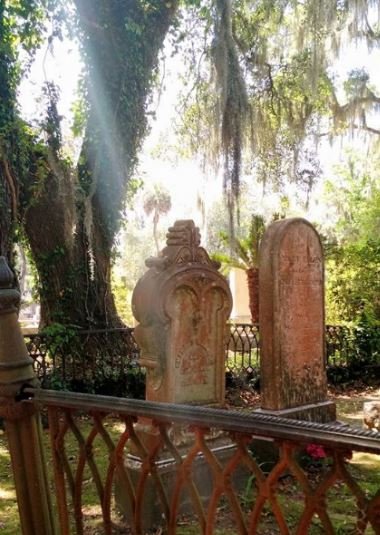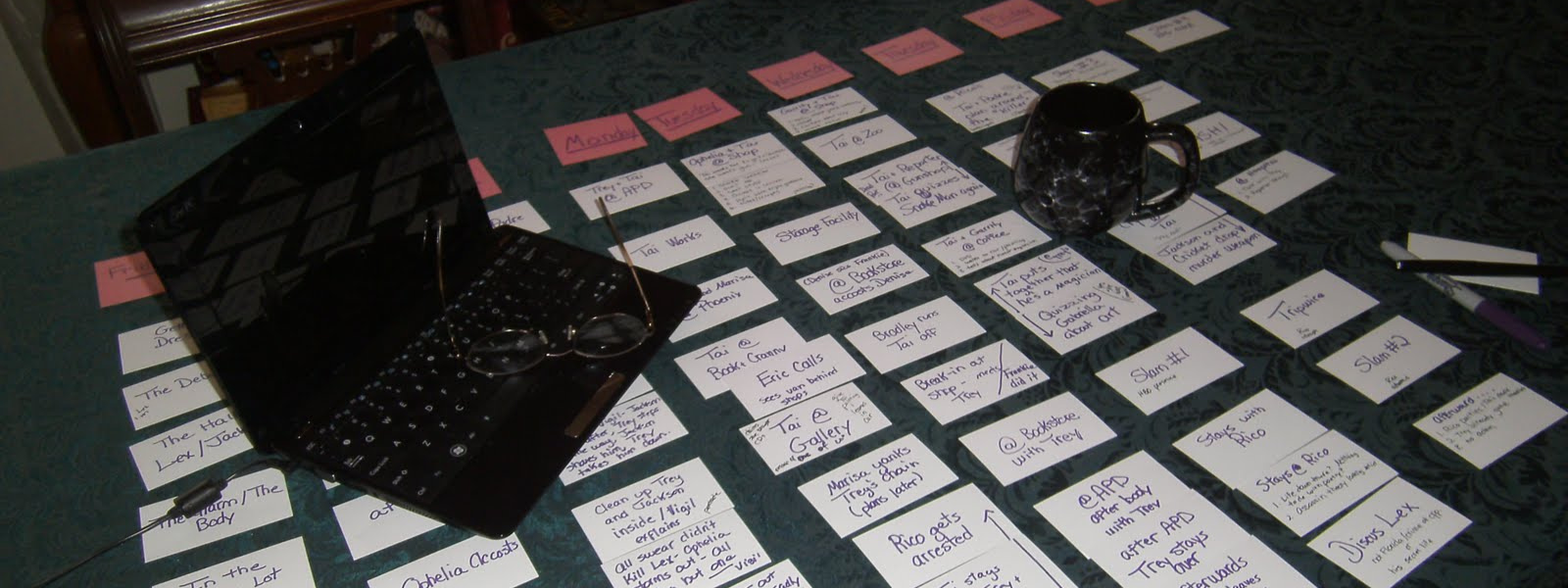In “On Being a Southern Writer,” Mary Hood describes herself as “an American writer, blooming where planted.” It is the South’s good fortune that Hood has put down roots in fertile ground throughout Georgia, capturing the essence of each landscape, the local cadences and rhythms, giving voice to a dynamic South that is growing and evolving.
Novelist and editor Pat Conroy introduced Hood before her Savannah Book Festival presentation on Saturday, February 14th 2015. She graciously shared some of her thoughts on the creative process, Savannah, and why she doesn’t write about the Heart o’ Dixie.
Tina Whittle: This is your first time as a Savannah Book Festival author—what are you looking forward to most about the event?
Mary Hood: Savannah is a great book town, a wonderful, layered historic town, and it has live oaks and the ocean as well as river and marsh. So it is a good birding town. Plus, shrimp and grits. All those things will be gold star moments, but the best of it is the readers and writers I will see and hear.
Oh, and I will get my first glimpse of my new book, meet my publishers and the people who have been helping this whole project along through the press. And there’s Pat Conroy hisownself, who is bound to keep things interesting.
TW: I saw that he’ll be introducing your session on Saturday in his role as editor-at-large for Story River Books at the University of South Carolina Press, which is the fiction imprint publishing two of your new works. The first of those, Seam Busters, will be released just in time for the Festival. Can you tell us a little about it?
MH: Seam Busters is a novel about women in a small town in the South sewing the new camo for the troops in Iraq and Afghanistan (especially the digital camo with such interesting properties to protect our troops against night vision devices). They are working in what was an old-time mill. The war has brought modern methods and projects to town and into these lives. Most of the workers are women. They are part of the war effort, and they take their work seriously. Irene, the main focus character, has said she would never “sew” again, but things have gotten tough, jobs have dried up as small factories have absented themselves from American soil in favor of overseas workers. She takes a job in the same plant she worked in years ago, and the young woman who took her chair when Irene left is now Irene’s strict supervisor. Seam Busters reveals the world of factory life and town life. Position is important in the hierarchy and rankings of workers in factory life and mill life. But place is more important, because it is home, no matter how fragile that is, or how far from where they started. They live by the bells and earn by the piece, so they keep busy. When trouble comes, they keep on sewing, until the kind of trouble comes that stops the whole world.
TW: I also noticed that you have a short fiction collection coming out in the fall from this same imprint.
MH: “A Clear View of the Southern Sky” is the title story in the collection, and it deals with a female prisoner in a state facility. She will never go “home.” She has assassinated someone and then waited quietly to be taken into custody, resting in the shadow of the satellite dish atop the roof where she made her kill. Now she has very little left of that wide view. She can see—they all can see—the far corner where the ones who die behind bars will be buried. Her story is told in a series of English as Second Language workshops.
Another story, “Virga,” reveals the journey a young part-Navajo girl makes toward womanhood with no mother to guide her. Another story shows the courtship of a Jean, woman trucker, by a truck stop cook named Gene. Their similar names are not the only reason they get hazed by their communities. She has never been tied down and he has never been free to range. They marry at the Allman gravesite in Riverside Cemetery in Macon, and honeymoon south bobtailing into the Keys in her truck named “Little Martha.” He’ll be back at the range, cooking for truckers, in a week or so, but Jean must keep on going, weaving back and forth across the states, her messages to him and from him pinging off the cell towers. “Coming in,” she’ll say, meaning home. All the stories in A Clear View of the Southern Sky have women as the main character, but the power of life is not in going solo; it is in the complications and quickenings of the human heart.
TW: In one of your interviews, you explain that while there are many popular concepts of the South, your concern as a writer is with the "telling details" and "quirks" of the actual setting of the South. Can you explain what the myth of the South is, and how your writing doesn’t participate in such a thing?
MH: I do not even remember saying this, but I am sure I did. Let me answer it a new way. The title “A Clear View of the Southern Sky” is a line from a DirecTV ad: “All you need to connect to the world is a clear view of the southern sky” and the satellite will do the rest. Well, isn’t that wonderful? Yes. I thought, that’s a title (thinking story) and then I thought, OH, that’s THE title!
The South I am writing about and living in is the one in which folks do not sit on front porches in Brumby rockers telling the family stories over and over. I live in the South where a person is perched on the wee balcony of a high rise, talking talking talking—in fact, look up, see them all, homing like martins to their gourds at sunset, chirping and chattering through the twilight… but into cell phones! Or texting. That isn’t only in the South, but I see it and it is a big new thing, just the apartments, the migratory nature of college and career folk. I see people who don’t know or suspect the old ways. It is like setting up housekeeping on a roof, polishing silver in a flood, floating along headed out to sea. I know there has been a revolution, and e-books mean no home libraries. I see folks looking up, trying to locate south, true south, so they can find the best signal for the satellite! How are we doing, on the one new thing Jesus mentioned we ought to try? “Love one another.” My stories are not about successes, really.
Do you know there are people with collections of wristwatches that need motion to stay wound? Self-winding. Prosperous types have an array, and a problem, for unless you wear them all, up the wrist toward the elbow one after the other, every day, they are going to cease. All the exquisite gears and whirring and jewels and atomic precision will droop and go silent. So. . . they sell machines on which to strap the extra watches and night and day the things lightly slightly rock the watches in their rest so they will not cease. While the world’s Amazon orders race along from warehouses on the interstates, movers and shakers recline in first class in airliners in the sky, and even as the crews and captains on ships at sea, and most humans snuggle down to sleep, there are aeries and penthouses, McMansions and yachts, where the idle watches are on alert.
There are so many interesting new things in this world! Who could not want to at least consider them as details worth weaving in? And that doesn’t even get around to the religions of cornbread and Brunswick stew. Or pigs as house pets. I like to think my writing participates in everything, or could, and certainly should. I get uneasy when Myths start blowing around; I go somewhere out of the storm. Reality isn’t as crowded as you might wish, at such times.
TW: According to Story River Books, they “will collectively present new perspectives on the dynamic, complex, and oft-contested past and present of a recognizable South Carolina for readers both within and beyond the Palmetto State.” How do your upcoming publications fit into that mission?
MH: I write about a lot of different lives and places. I rode to New York on the train, my first New York trip as a published writer. I looked out the windows at the back side of the little towns and I saw new angles, stark light, eerie shadows, Mills lit and thrumming, state after state as I rode north, the little mill towns quiet except for shipping and shift workers. The mills are gone now, and the towns are beginning to find ways to survive that. I wanted to write about the now, past that time when things were still humming on. “What is the matter?” they ask in Shakespeare’s plays. Same question but words mean something different in modern English, in modern America. I am not political. I am personal. I hope my stories live up to Story River’s agenda. All of us, being published there, will bring a part of it to the world. And I am glad to be a part of it.
TW: Your fiction includes one completed novel (with another in progress) and several collections of short stories (award-winning and well-reviewed stories). What is it about writing short fiction that you find appealing? What’s it like to be returning to the longer form of a novel?
MH: I am always writing novels and short fiction, just on different tracks in my mind. A long project lets me always have something going forward, or stalled out; short fiction is more of a driven thing, and I usually focus on it when it gets underway. Sometimes it takes years for the stories to develop, like very slow Polaroids. Pictures first, then captions.
TW: Could you describe that writing process for us?
MH: I gather, mostly without a forward motion, just gather. I think and compose and think some more. Most of my figuring comes after a lightning bolt, something overheard, some unexplained something that sticks in my mind, or a figure leaning against a wall, or a dog slouching toward Bethlehem. I have pages of quotes that seem remarkable, but may not be.
I was reading an old magazine when I read about a new translation (Mandelbaum’s) of Virgil, and the Latin text was listed, Notus calor—which had been my working title…or file folder tag…about Venus and Vulcan, old lovers meeting again. There the new translation was, simple, stunning. When I read it, I knew I had found the title to my novel, Familiar Heat. It was years and years before I left off gathering and rearranging and forgetting and remembering; I lived more than a decade on the scraps I was gathering before I “knew” the first line. I had many alleged first lines before that! But one day, I had it, and that got me started on the forwarding.
Elizabeth Bowen says that plot is the whittling of alternatives, the knowing of destination. And I would say that is how I write, not knowing, gathering alternatives, surmising destinations, and then I get to that moment when I have enough to begin, and so I do. By then I also have a vision/image or dialog, of the end. There is still getting there, you know, the whole pilgrimage, really, long after the first view of Fuji above the horizon…
TW: Do you have an ideal writing environment?
MH: So far, Planet Earth. With a window so I can hear, see, use my senses.
TW: Do you have any hobbies or interests outside of writing? Do any of these activities find their way into your books?
MH: I like birds. I like gardens, especially intimate spaces such as walled courts, shady borders, ferns, little things, and seeing how others solve things in a natural looking way. I like history. Objects that refer to history, used in gardens. All these things make it into my work somehow, the same as they make it into my own garden.
TW: In your piece “On Being a Southern Writer,” you mention that you would have bloomed where planted, and that you happened to have been planted with a Southern exposure. What qualities does that bring to your writing, and to you as a writer?
MH: I got born into the South and the southern landscape in an era when family and subsistence farms were still part of the way things were. Not a back to the land movement, not survivalists getting off the grid. There were stories, everywhere. I listened. I wondered. I watched for new chapters. This any writer does. I was in Georgia. My brain and body were in Georgia, but my reading led me astray… I found I wanted to know more about anyone who would tell the story. I still do.
TW: You also said that because the people you write about are Southern, you write Southern. With so many definitions of “Southern” focusing on geography/setting, why do you instead focus on the people instead of the landscape?
MH: I think by now I have a less prickly reaction to this question. I write about ecotone. Naturalists can explain the concept better than I, but the thing is, in nature, ecotone is the band between two different kinds of habitat. It is the richest place to find life. It is the place where new things happen, surprises, needing new language and the waving of hands to explain, or the indrawn breath, the hush of shock and awe. I do not—I think—write about the “Heart o’ Dixie” so much as about the edges. I like to imagine that the heart is the heart, no matter where it is. Differences are about issues. Belonging is mostly made up of longing. Be is the least of it. The South has a lot of edges, rich ecotones, intercultural fraying and stiffening and loosening and absorption and crowding and isolation and the challenge of rising above. Of moving over, of opening wide, or at least a little, maybe the chain is still in the channel on the door, but there is a glimpse, an awareness, a response to a knock. Science reports that species form from isolation. But it is also true that new things happen, when that isolation ends; there are new challenges.
Look around. Listen. That’s not the sweep of a hoop skirt in the moonlight. That is not the tiny grinding of the weevil into the boll. It isn’t even the thud of an Agrarian turning over in his grave. It is life.
* * *
A native of Brunswick, Mary Hood has lived in a handful of Georgia communities, including White, Douglasville, Sylvester and Woodstock. A graduate of Georgia State University, Hood initially worked as a library assistant before becoming a full-time writer.
The recipient of many awards, including the Robert Penn Warren Award and the Flannery O’Connor Award for Short Fiction, Hood is the author of numerous novels and short story collections, including Familiar Heat, How Far She Went, and Venus is Blue, plus Seam Busters and A Clear View of the Southern Sky.














